Introduction
This outlines the creation and development of an ultra-small, ultra-light gaming mouse built from scratch. The mouse, with a volume of 18 cubic cm and weighing less than 10 grams, was designed to explore the limits of size and weight in gaming peripherals.
Build
Sensor Selection
The Pixart PMW3389 sensor was chosen for its market-leading performance, as well as its availability via Tindie. Source code for the sensor was also linked to on the Tindie page, simplifying the programming process. I modified the code to not just read sensor data but also write it to the computer and enable left and right click for full mouse functionality.
Microprocessor and PCB Design
To interface with the computer and emulate a mouse, the ATMega 32u4 microprocessor was selected. A custom-designed PCB was created to ensure minimal size and eliminate extraneous components.
Big thank you to PCBWay, who sponsored the project, for providing the high-quality PCBs used in this project. Be sure to go check them out

Component Selection and Soldering
0603 SMD components were chosen for their tiny size. These were soldered on using the solder mask also provided by PCBWay to apply the paste, before the components were added and the whole PCB was heated with a heat gun to melt the solder.
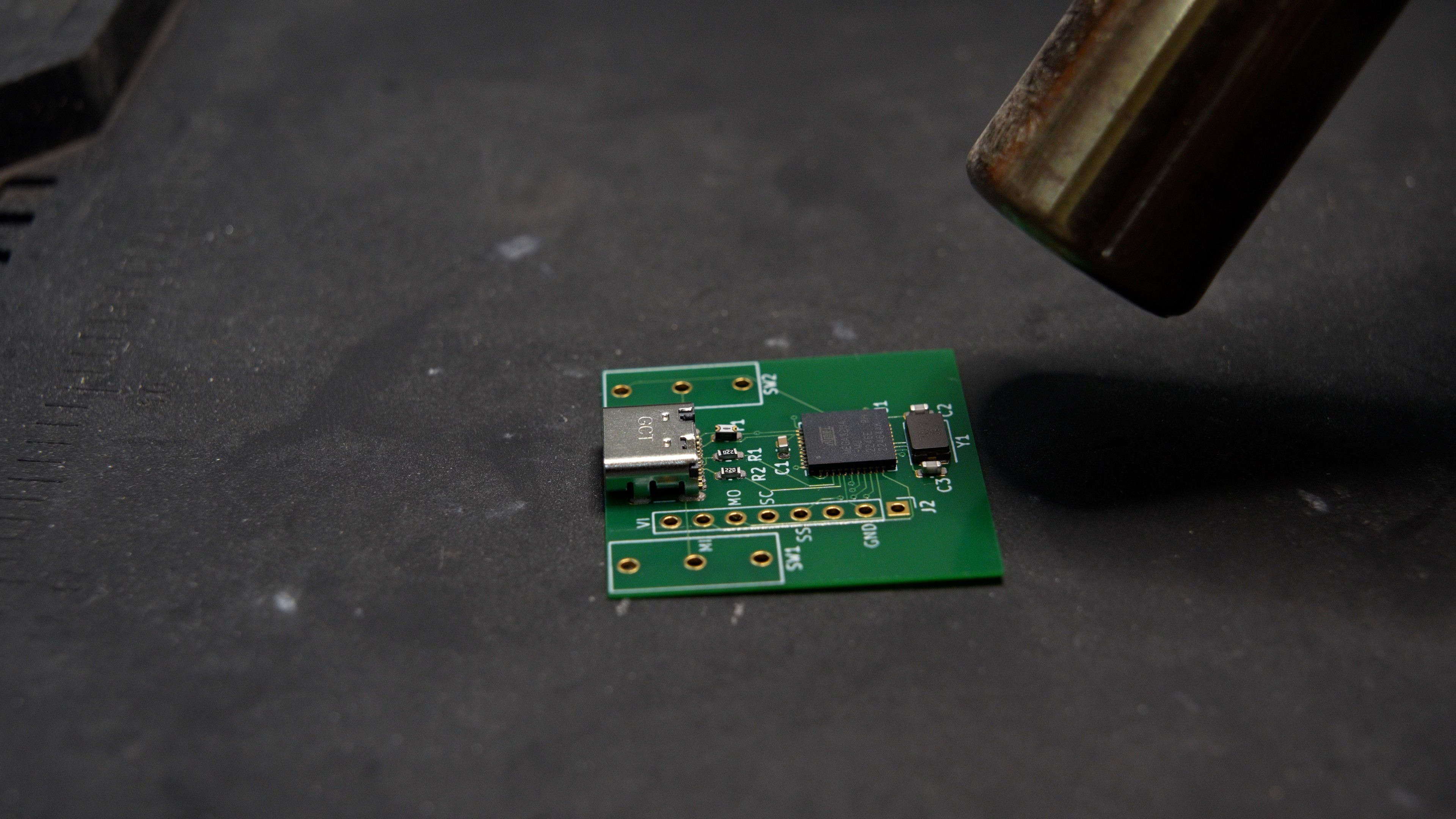
After which the through hole components could be added, and I realized here that there was breakout for the Rest pin so a small lead was soldered directly to that pin. Files included in this project have a breakout added
Bootloader
The Serial Peripheral Interface (SPI) was utilized for communication between the mouse sensor and microprocessor, so no other pins (aside from the aforementioned reset pin) were needed for bootloader flashing. The bootloader was flashed onto the chip, and the sensor and microswitches were then soldered on.
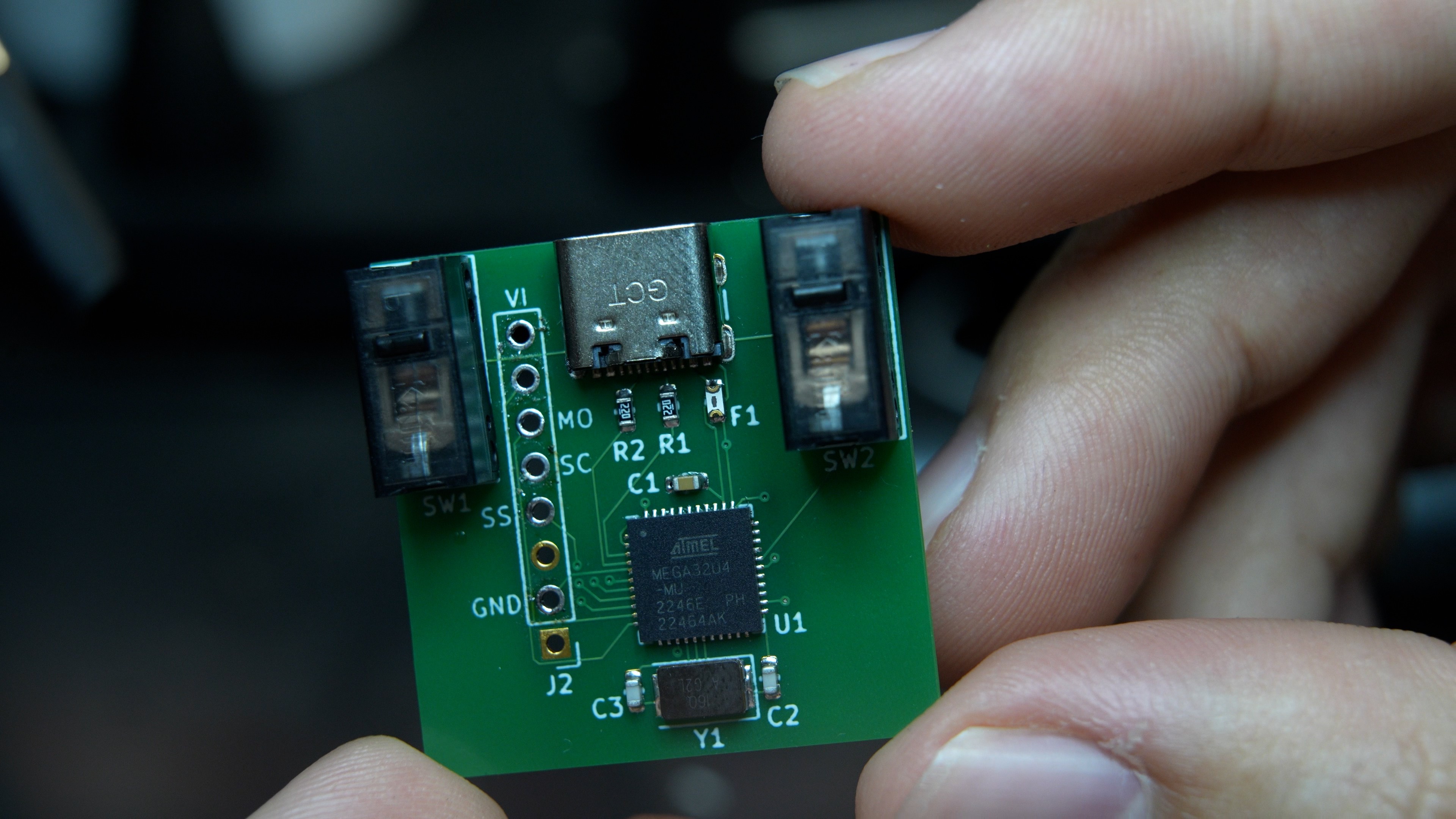
3D printing
A 3D-printed skirt was designed to protect the sensor lens and provide a smooth surface for movement. Additionally, a red-colored shell was created in order to make it easier to handle.

Conclusion
The completed ultra-small, ultra-light gaming mouse demonstrates effective functionality. The project showcases the integration of cutting-edge sensor technology, microprocessor programming, and innovative design choices.
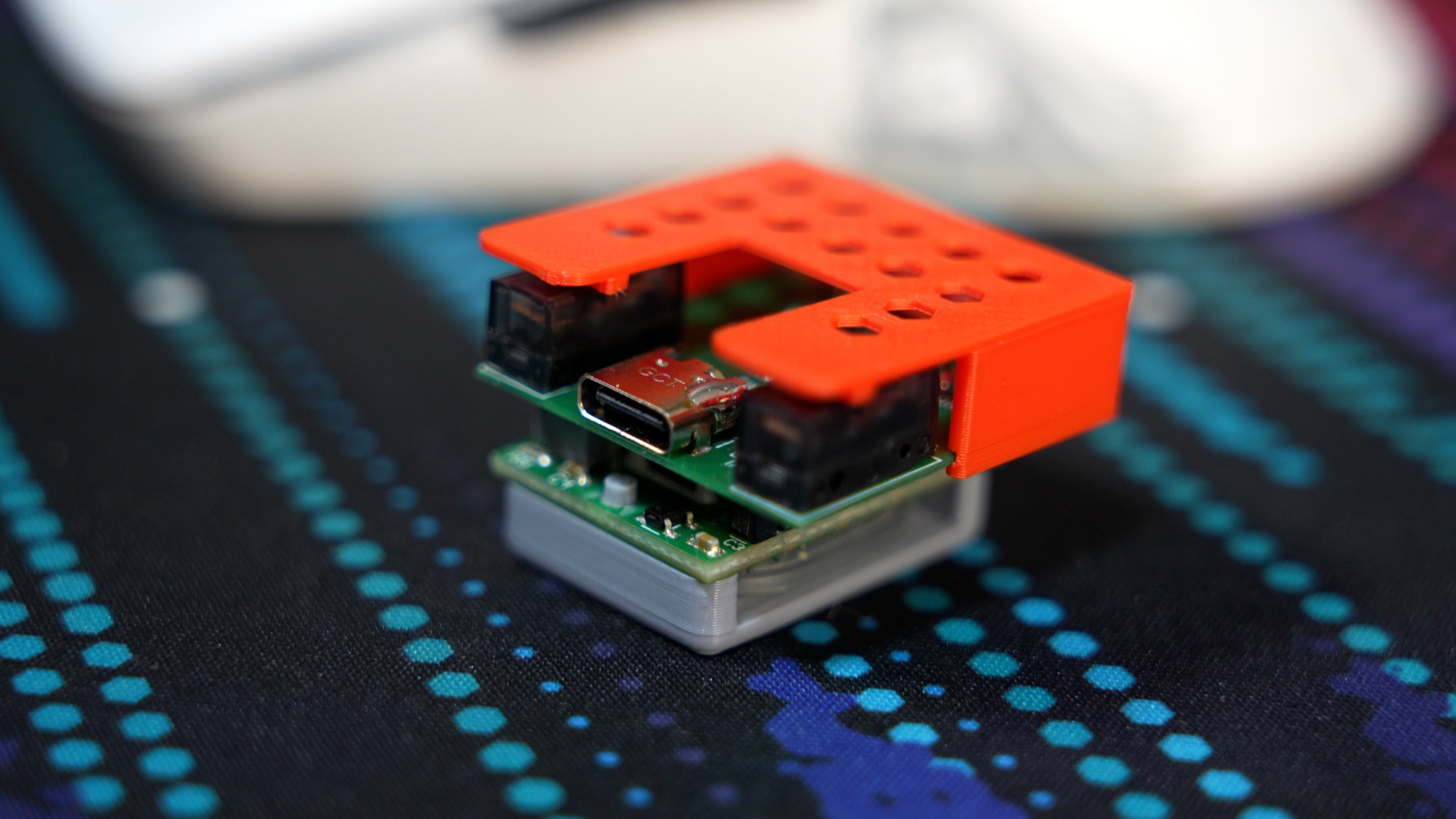
 J
J

 Jan
Jan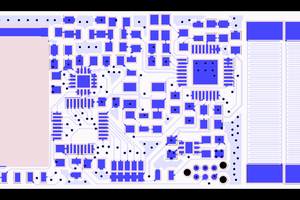
 elowe5
elowe5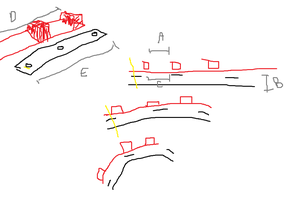
 WalkerDev
WalkerDev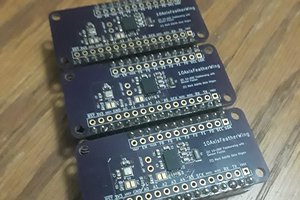
Nice project! What's about creating a second revision supporting BT/BLE with a lithium rechargeable battery inside. Because at those point the size and the weight would be comparable with a traditional mouse and moreover, avoid to pull/push the cable will help the mouse movements. Adding also a switch on/off + DPI change button would be nice, as whell as a third button / wheel. At that point, it will be a real mouse. IMHO, coupled laser led/sensor will be a cheaper solution than a camera. Another approach can be buying a cheap mouse ($3-$5) on a e-commerce like TEMU and hack isfirmware or replace its PCB to improve it without the pain to create a mouse case/structure by yourself. If you like we may stay in touch pvt ltgesv @ gmail . come